Lamborghini Jarama: The Forgotten Supercar
Images: James Mann @ 2012 Courtesy RM Sotheby’s, Archivio centrale dello Stato/Stile Bertone
With the Miura and the Espada well established and a steady stream of orders flowing for these two cars, Ferruccio Lamborghini decided that it was time to sort out matters with his third model line.
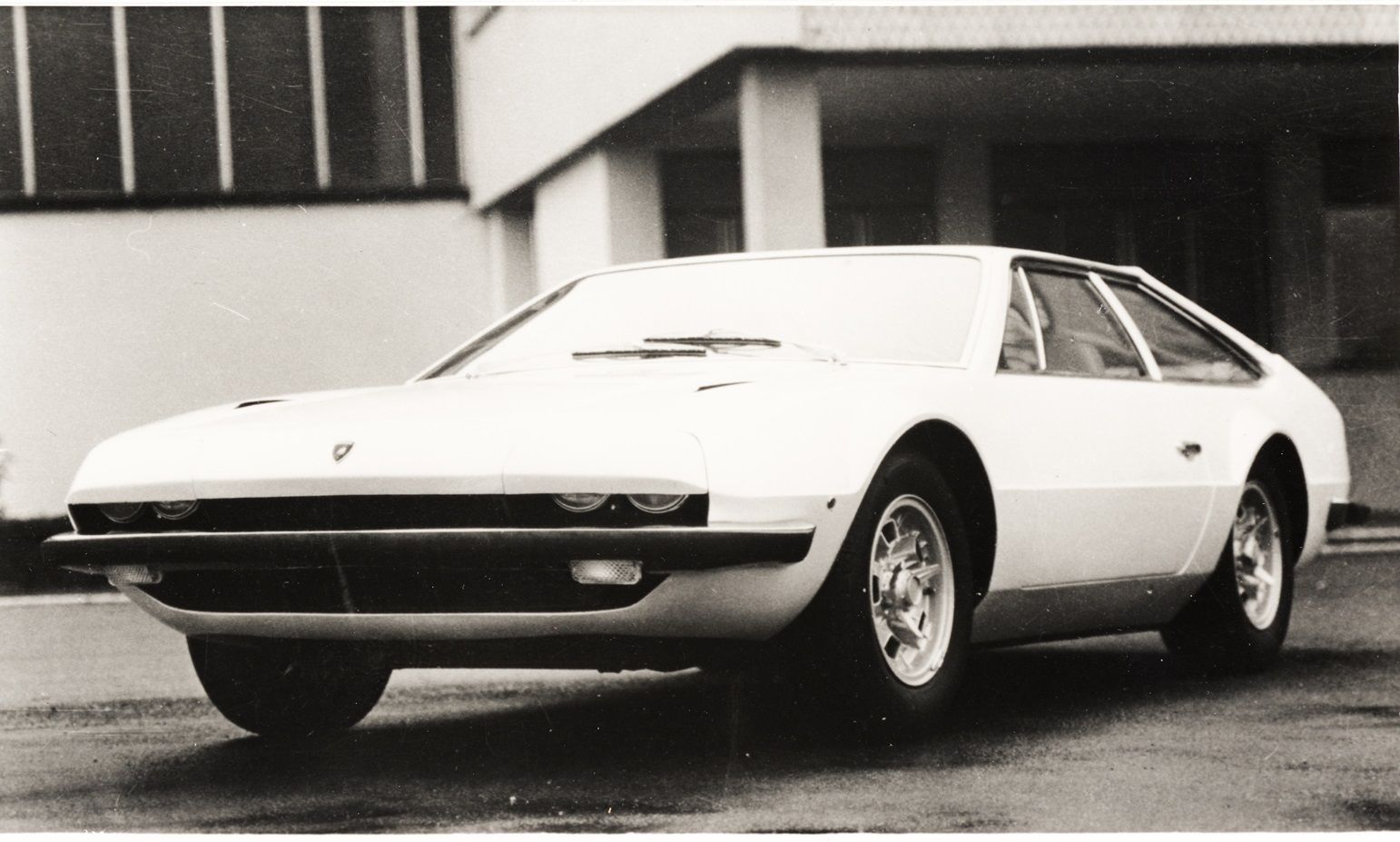
The classical front-engine 350 GT that had got Lamborghini going in the first place, had morphed into the 400 GT and the 400 GT 2+2 by 1966. As Carrozzeria Touring, the coachbuilder of the 400 GT and the 2+2, collapsed financially, Lamborghini turned to Carrozzeria Marazzi (which had several ex-Touring employees) for a replacement of the 400 2+2.
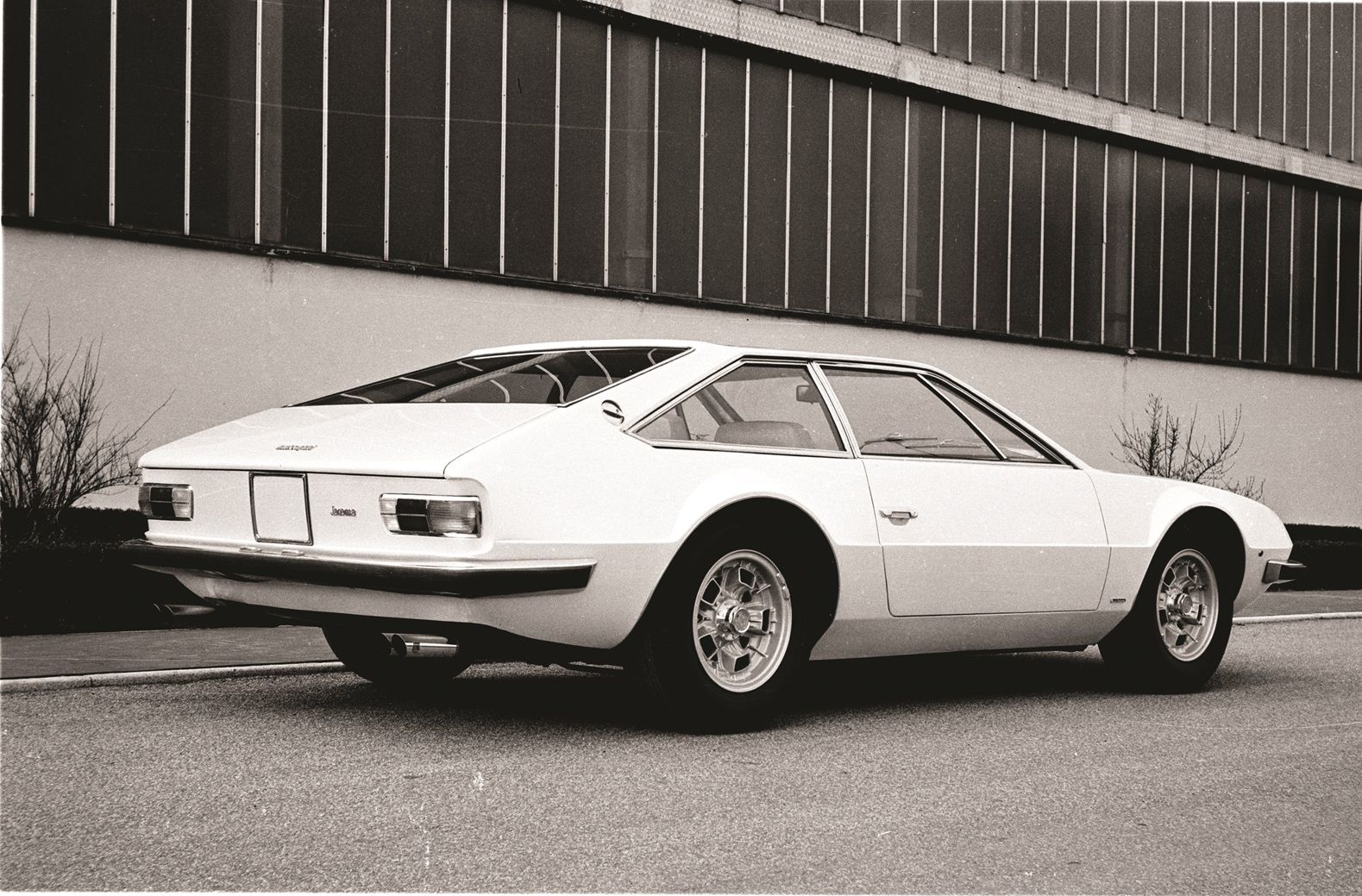
The replacement was the Lamborghini Islero, also a 2+2 coupe, designed by Marazzi (with inputs from Ferruccio Lamborghini himself), with the latter supplying the bodies too.
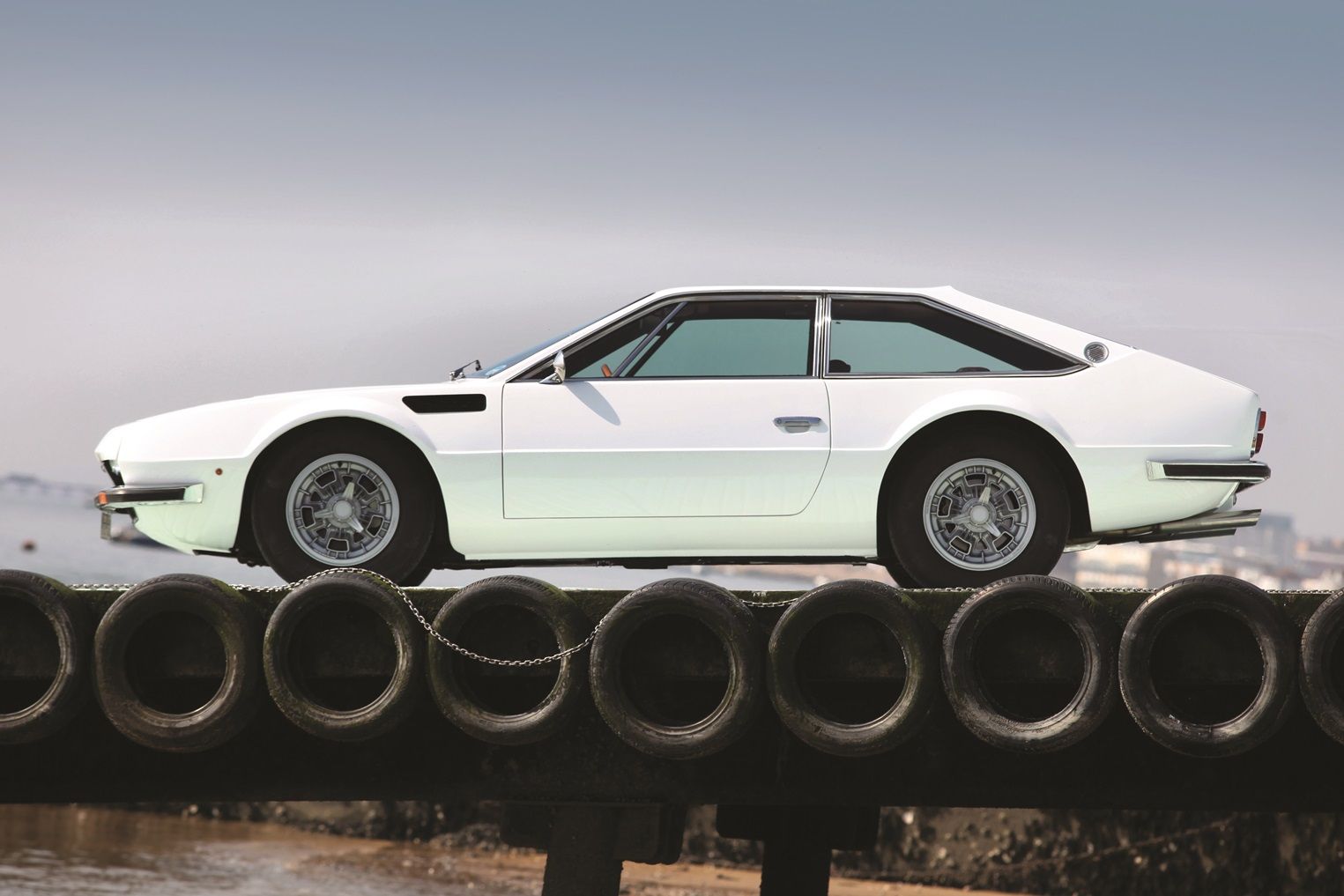
Unveiled in 1968, at the Geneva Motor Show along with the Espada, the discrete-looking Islero was completely overshadowed by the Gandini-designed four-seater. Not surprisingly, the Islero proved to be a slow seller, with just 225 finding buyers over a two-year period.
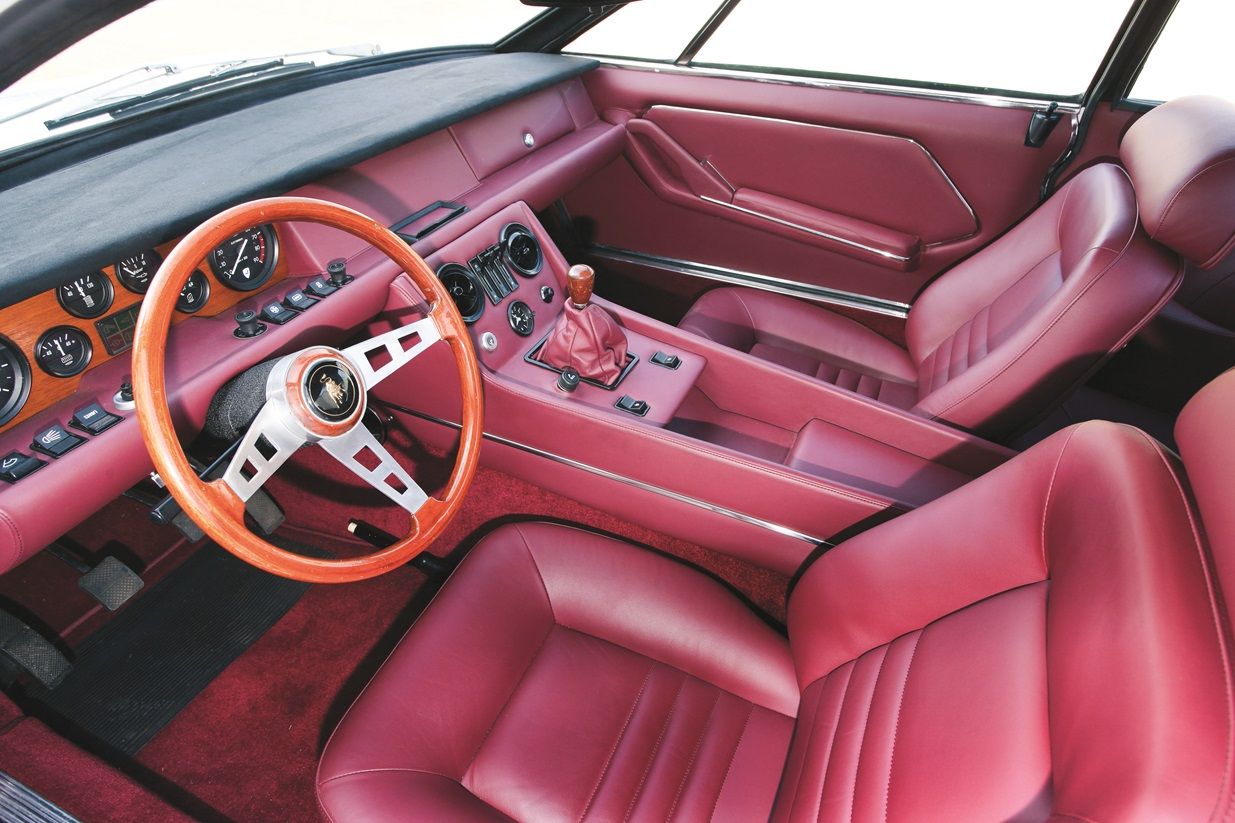
Clearly, a more flamboyant design was needed. And so, Lamborghini turned to Bertone and its ace designer Marcello Gandini to design a replacement of the Islero.
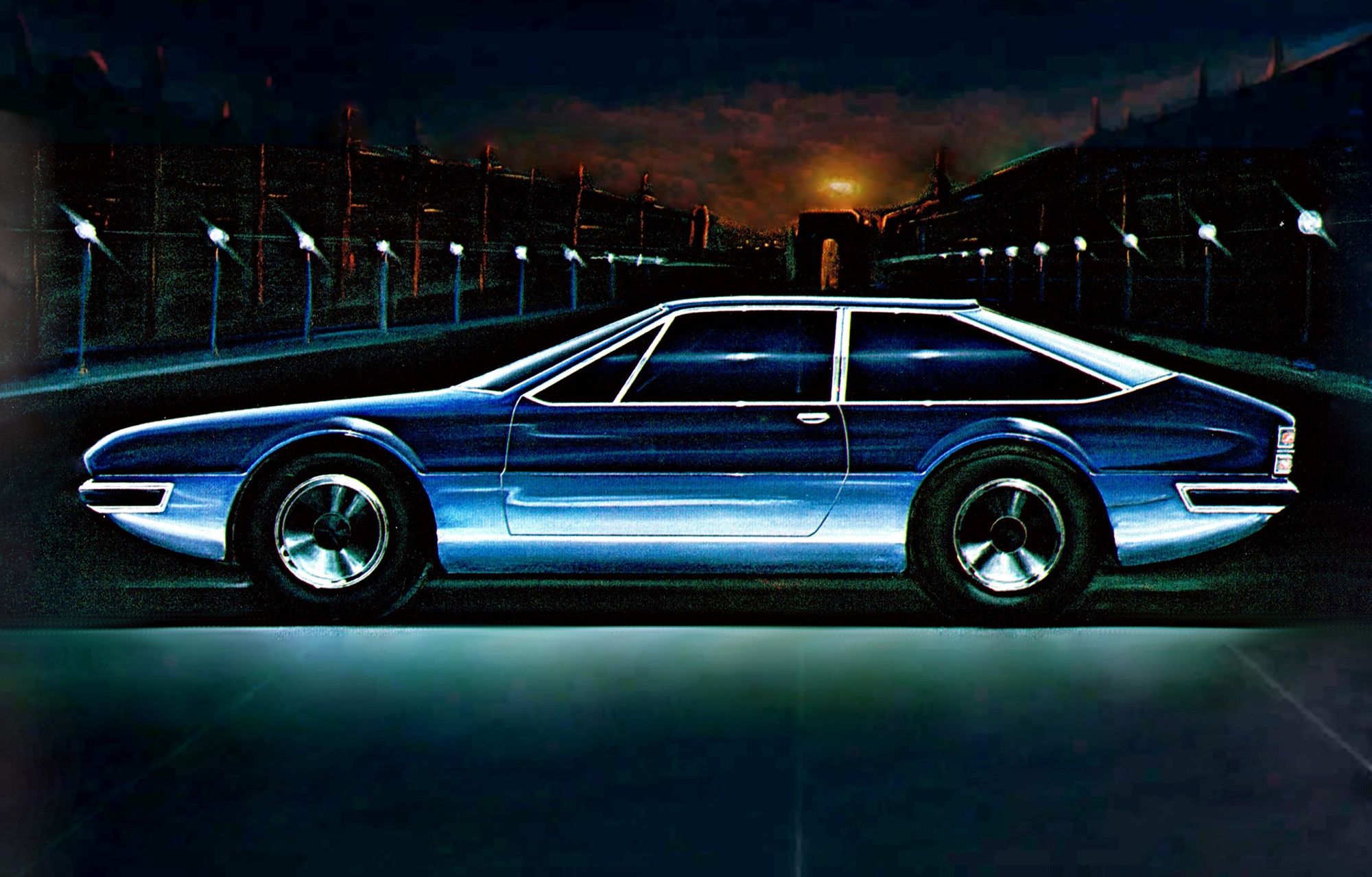
Instead of designing another body over the tubular chassis that had first been seen in the 350 GT, Bertone decided to develop the replacement model on the semi-monocoque chassis of the Espada, but shortened, with 2+2 seating. Twenty-seven centimetres (10.6-inches) were taken off the chassis of the Espada, as Gandini drew out a rakish sports coupe.
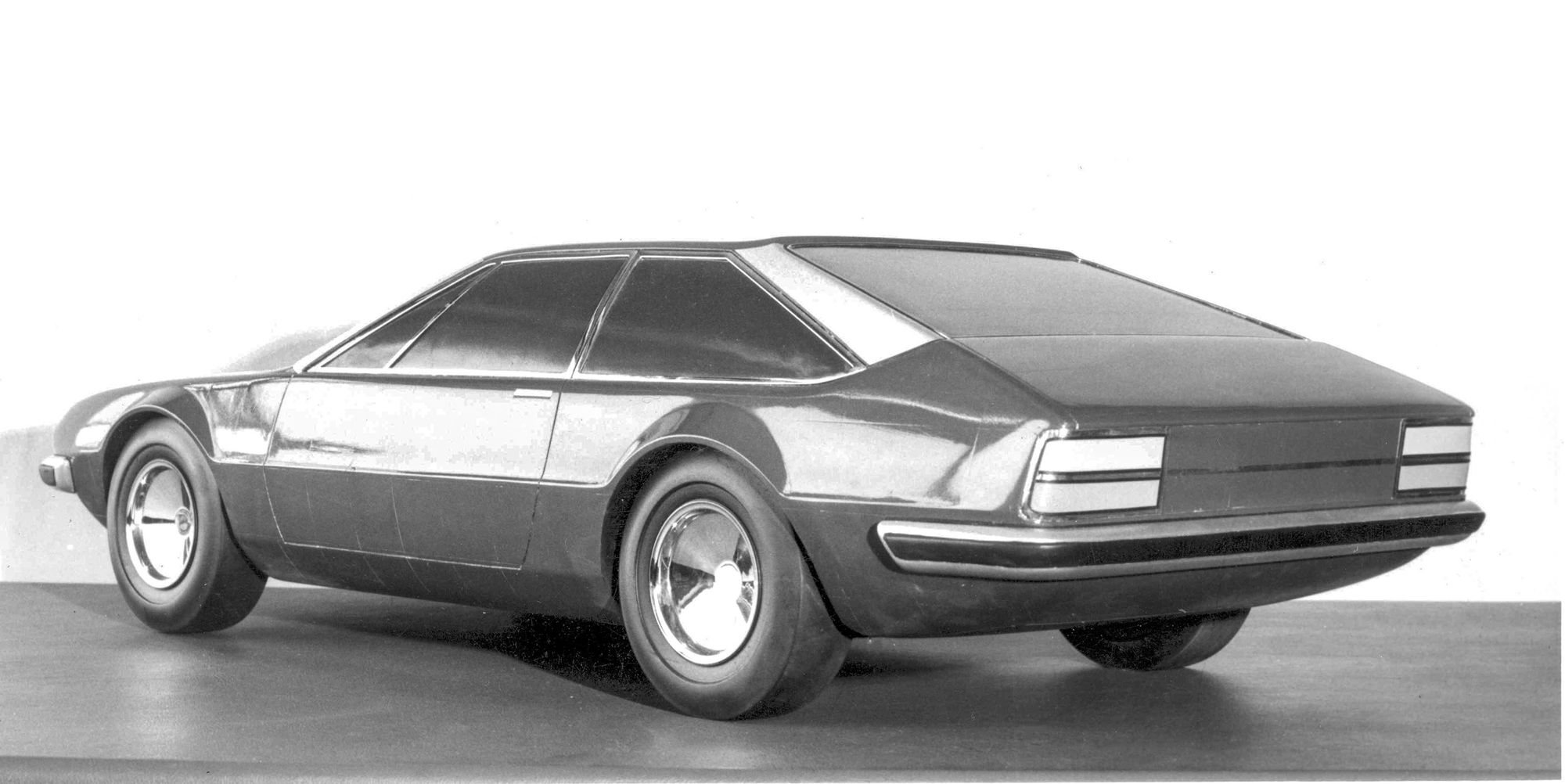
In some ways reminiscent of the prototype Fiat 128 Shopping, the new 2+2 Lamborghini, the Jarama—named after the region famous for breeding bullfighting bulls, other than that of the racing circuit from the same area—was unveiled at the 1970 edition of Lamborghini’s favourite launching ground, the Geneva Motor Show.
Though from some angles—specifically from the front three-quarter—the Jarama was dramatic, it wasn’t quite the aesthetic success as its siblings. A very rakish front windscreen was complemented by an even more rakish fastback rear screen, the trapezoidal greenhouse held up by slim pillars.

In Gandini’s original drawings the C-pillar had an aluminium wrap-over strip, which may have given the car a certain sleekness, but in prototype and production form the pillar remained body-coloured.
Wide, squat, and muscular, several design details, however, deserve to be noted. The NACA type air intakes on the hood—first seen on the Espada—were revisited on the Jarama. The front was unusual with its four headlamps partially hidden under eyelids, a design element that had already appeared on the Iso Rivolta Lele and the BMW Spicup the year earlier.
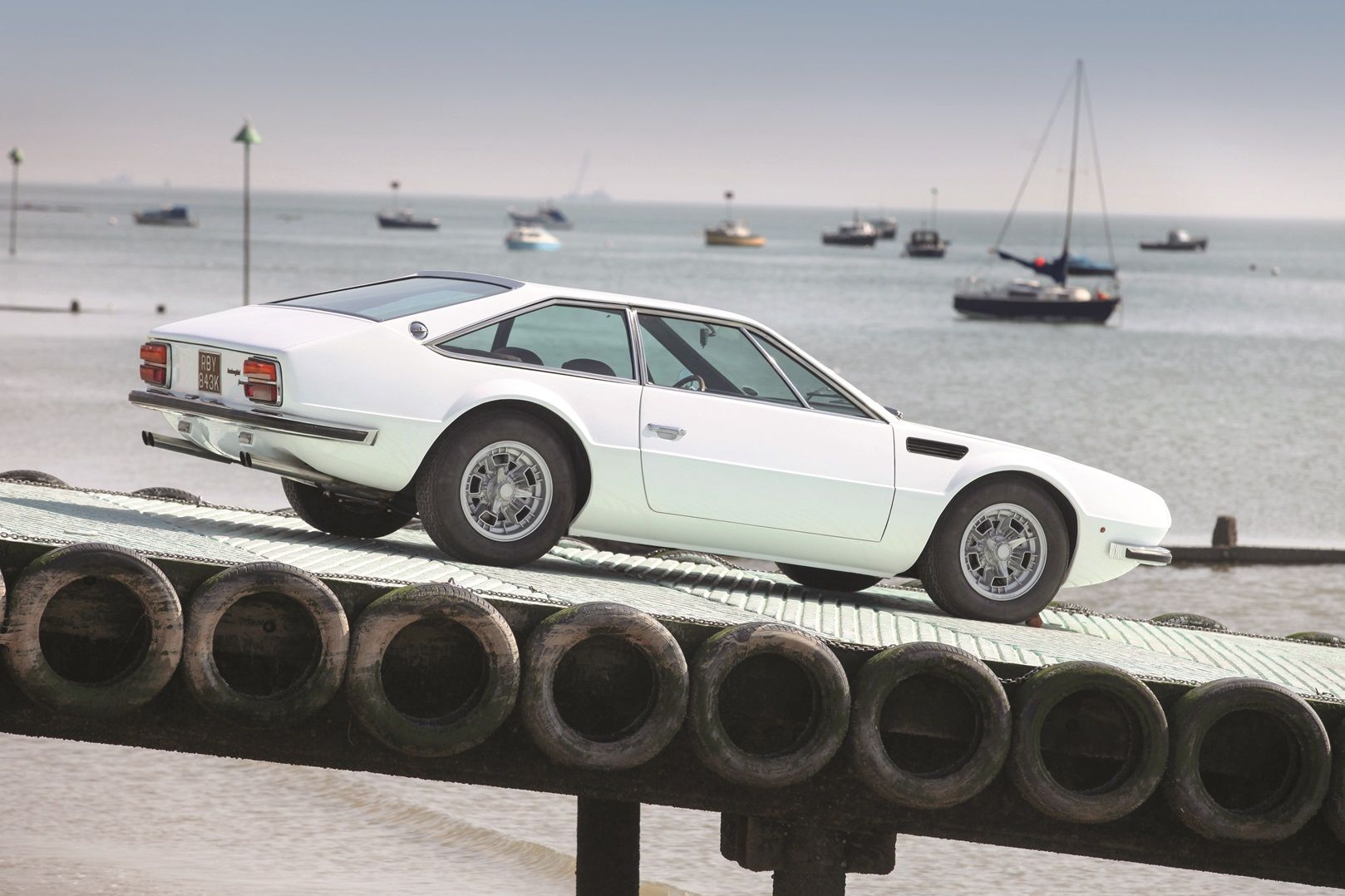
But in the Jarama, the eyelids didn’t pivot up, but dropped down and under the lamps. The mid-level swage line running the length of the car with the pronounced wheel arch lips gave the Jarama added muscularity.
Another interesting detail was the neat built-in spoiler at the trailing edge of the roof, a feature that many cars used subsequently.
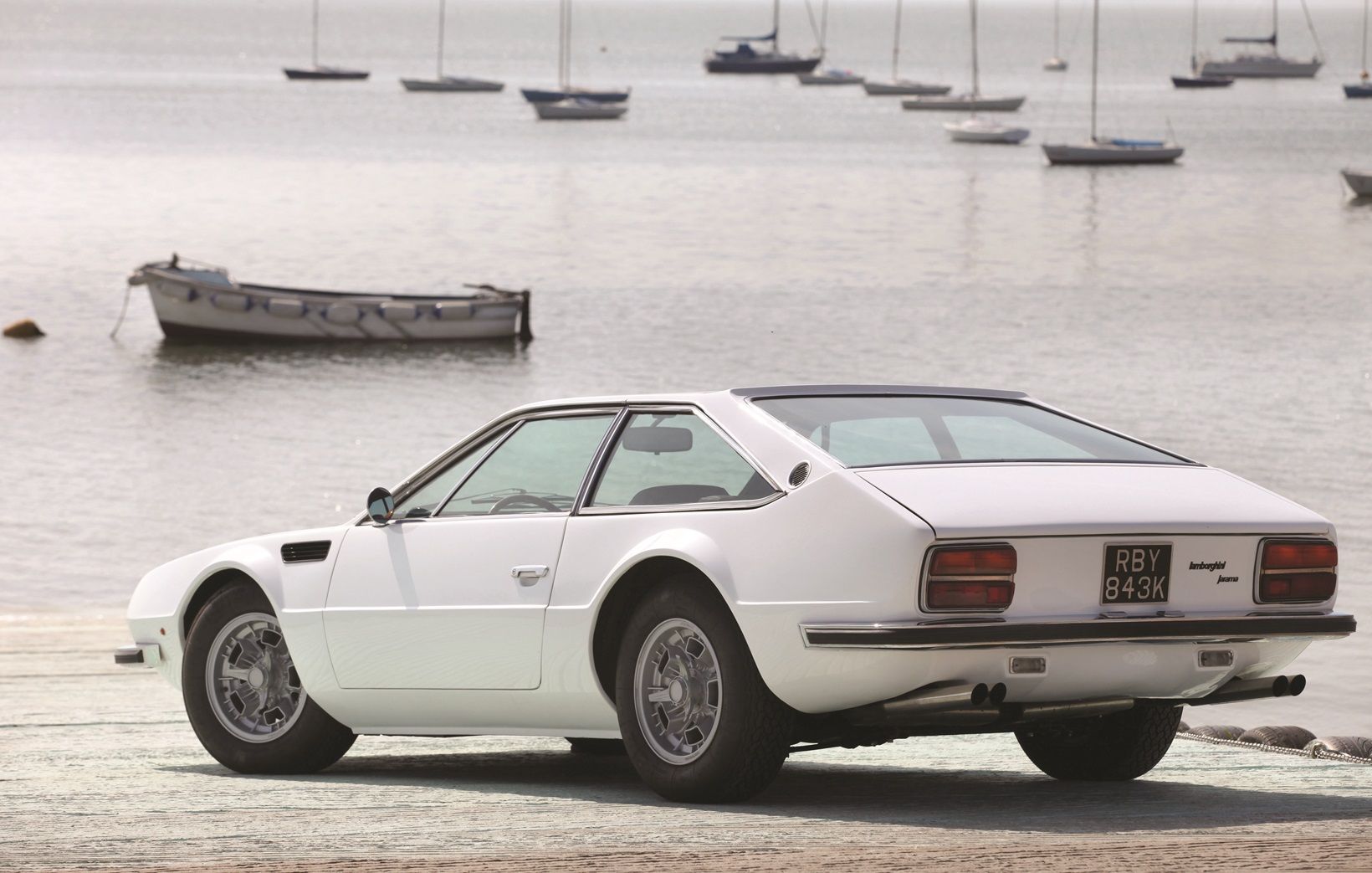
Despite all these detail innovations, the Jarama was not one of Gandini’s more inspired designs, and it certainly was not the most successful of Lamborghinis from Bertone: in almost eight years of production, just 327 found buyers.
Comments
Sign in or become a deRivaz & Ives member to join the conversation.
Just enter your email below to get a log in link.
